Views: 362 Author: Site Editor Publish Time: 2025-03-02 Origin: Site









Content Menu
High-Performance Engineering Plastics Comparison Guide: POM vs PA vs PPS vs PEEK vs PI
● Material Profiles & Key Properties
>> 3. Polyphenylene Sulfide (PPS)
>> 4. Polyetheretherketone (PEEK)
● Engineering Plastics Comparison Chart
● FAQs
>> Q1: Which plastic is best for high-load gears?
>> Q2: How to reduce PEEK material costs?
>> Q3: Is PI suitable for medical implants?
● Conclusion: Strategic Material Selection
In the quest for advanced industrial materials, engineers increasingly turn to high-performance polymers. This guide analyzes five critical engineering plastics—POM, PA (Nylon), PPS, PEEK, and PI—with technical comparisons, application scenarios, and a data-driven selection framework.
Core Advantages
Strength-to-Weight Ratio: 1.41 g/cm³ density with tensile strength up to 70 MPa
Wear Resistance: Low friction coefficient (μ=0.1-0.3) for gears/bearings
Limitations: Notch sensitivity (impact strength drops 50% with 0.25mm notches)
Top Applications
Automotive: Fuel system components, seatbelt mechanisms
Consumer: Zippers, precision spray nozzles
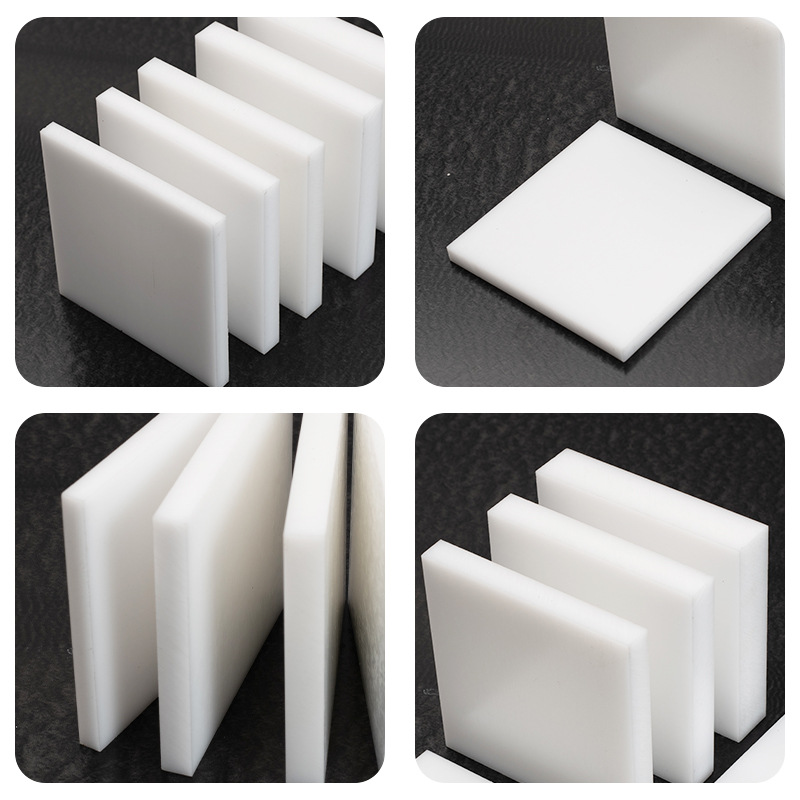
Core Advantages
Versatility: PA6 (easy molding) vs PA66 (higher strength, 85 MPa tensile)
Chemical Resistance: Withstands weak acids/alkalis (pH 4-10)
Limitations: 8-10% water absorption rate causing dimensional instability
Top Applications
Industrial: Conveyor belts, hydraulic seals
Textile: Reinforced fibers for parachutes
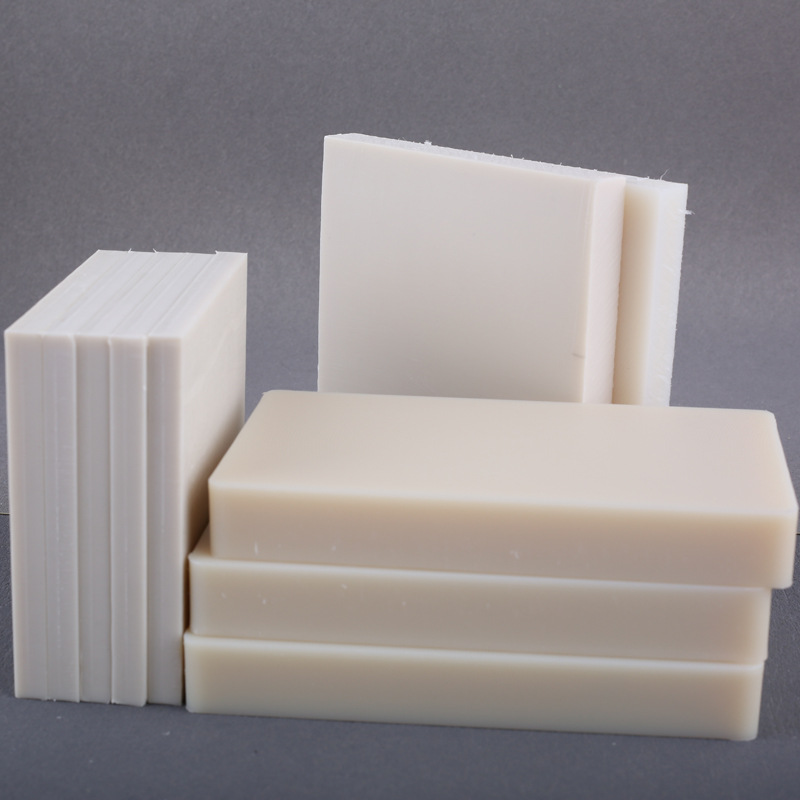
Core Advantages
Thermal Stability: Continuous use at 220°C (UL746B rated)
Flame Retardancy: V-0 rating (UL94) with <1% smoke emission
Limitations: Brittle (1.5% elongation at break)
Top Applications
Electronics: SMT connectors, battery housings
Chemical: Chlorine-resistant pump impellers
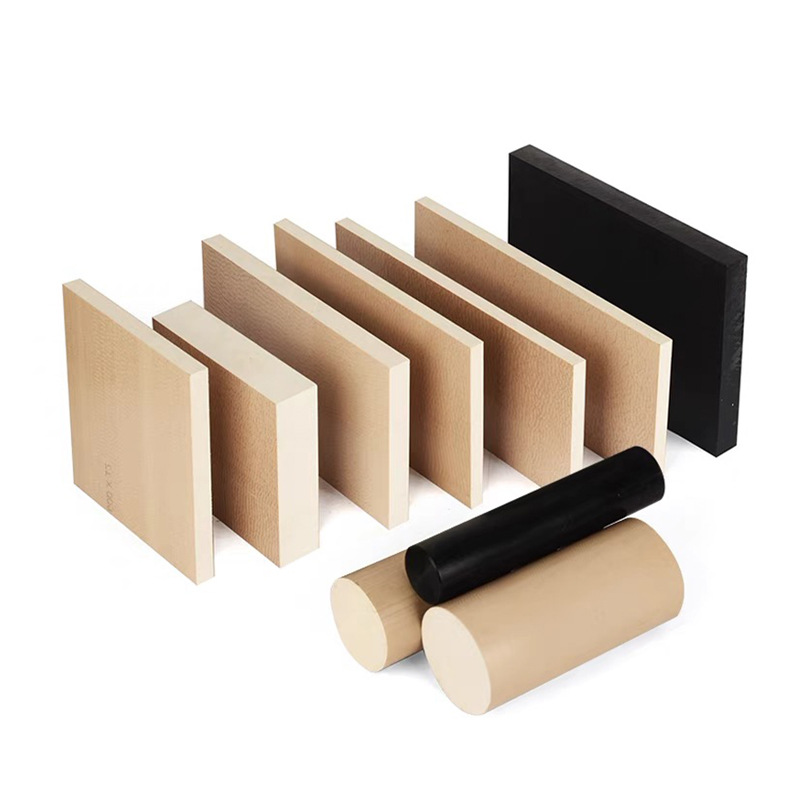
Core Advantages
Extreme Environments: 260°C operating temp + 400°C short-term exposure
Biocompatibility: ISO 10993-certified for spinal implants
Cost: 3-5× higher than PPS
Top Applications
Aerospace: Jet engine cable clamps
Medical: Sterilizable surgical tools
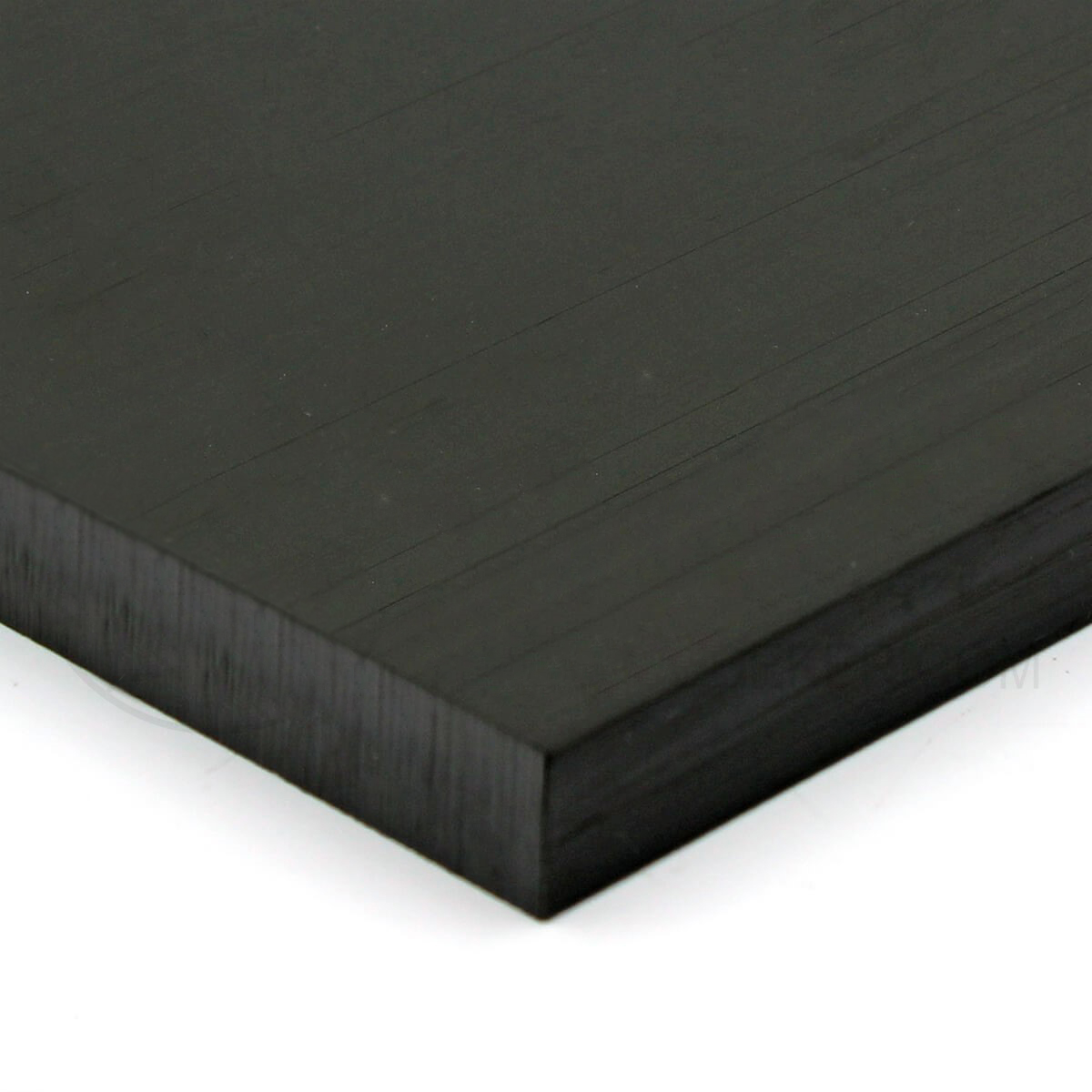
Core Advantages
Ultra-High Temp: 400°C long-term stability (Tg > 360°C)
Radiation Resistance: <5% degradation after 1000 Mrad gamma exposure
Process Difficulty: Requires 350°C+ molding temps
Top Applications
Semiconductor: Wafer handling arms
Defense: Missile radome components
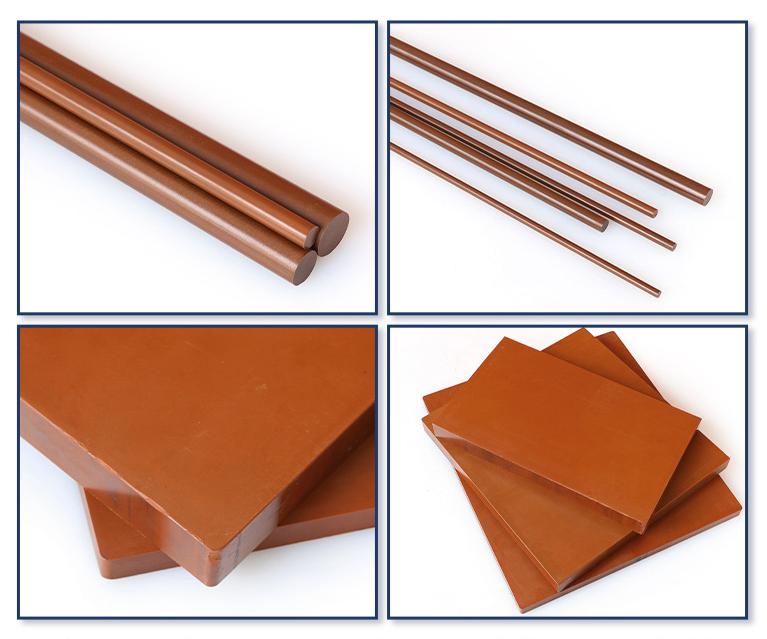
| Property | POM | PA66 | PPS | PEEK | PI |
|---|---|---|---|---|---|
| Max Temp (°C) | 100 | 180 | 220 | 260 | 400 |
| Tensile Strength (MPa) | 70 | 85 | 80 | 100 | 120 |
| Friction Coefficient | 0.15 | 0.25 | 0.35 | 0.3 | 0.4 |
| Chemical Resistance | Moderate | Good | Excellent | Excellent | Extreme |
| Cost Index | $ | $$ | $$$ | $$$$ | $$$$$ |
Data Source: ASTM D638 (Tensile), ISO 8295 (Friction), industry pricing benchmarks
A: POM offers optimal balance of low friction (μ=0.15) and fatigue resistance for <100°C applications. For >150°C, choose carbon-fiber PEEK.
A:Filling with 30% glass fiber PEEK reduces costs, and the rigidity and impact performance of the material are significantly improved.
A: No—despite thermal stability, PEEK (ISO 10993) remains the gold standard for biocompatibility.
While POM and PA dominate cost-sensitive applications, PPS/PEEK/PI enable breakthroughs in extreme environments. Key decision factors:
Temperature: PI > PEEK > PPS > PA > POM
Chemical Exposure: PI > PEEK ≈ PPS > PA > POM
Budget: POM < PA < PPS < PEEK < PI
For custom formulations (e.g., conductive PEEK or low-warpage PPS), consult material engineers to optimize performance-to-cost ratios.